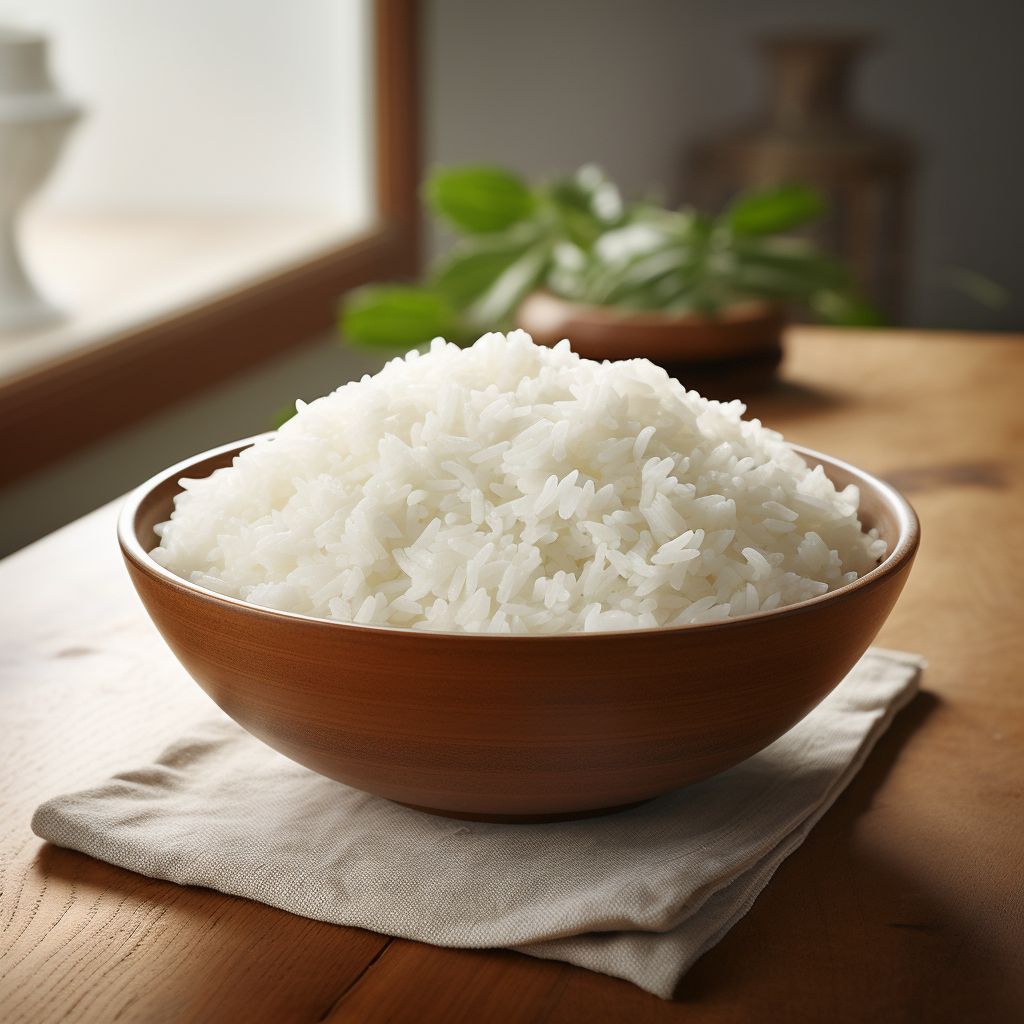
Brown Rice: Brown rice, being less processed and containing natural oils, has a shorter shelf life than white rice. It typically lasts around 6 months to 1 year when stored in ideal conditions.
Specialty Rice: Varieties like basmati or jasmine rice have a similar shelf life to white rice, provided they are stored properly.
How Long Uncooked Rice Lasts Outside of the Fridge
Uncooked rice can be stored safely at room temperature in a cool, dry place. The key is to keep it away from heat, moisture, and direct sunlight, as these factors can accelerate spoilage. A pantry or kitchen cabinet is an ideal spot for uncooked rice storage. When stored correctly, uncooked rice can maintain its quality and flavor for the durations mentioned earlier.
How Long Uncooked Rice Lasts in the Fridge
While uncooked rice can be stored at room temperature, refrigeration can further extend its shelf life. If you have concerns about pantry pests or live in a hot and humid environment, refrigerating your uncooked rice is a good idea. In the fridge, uncooked rice can last up to two years or even longer without losing its quality, as long as it’s sealed in an airtight container or vacuum-sealed bag.
How to Tell If Rice Has Gone Bad
Determining whether uncooked rice has gone bad is relatively straightforward. Look for these signs of spoilage:
Odor: Fresh uncooked rice should have a neutral odor. If you detect a rancid or off-putting smell, it’s a sign that the rice has gone bad.
Appearance: Visually inspect the rice for any signs of discoloration, mold, or insect infestations. If you notice any of these, the rice should be discarded.
Texture: Healthy uncooked rice should feel dry and individual grains should separate easily. If the rice appears clumped together, it may have absorbed moisture and gone bad.
What Happens If You Eat Rice That Has Gone Bad
Consuming rice that has gone bad can pose health risks, primarily due to the growth of harmful bacteria and toxins. Eating spoiled rice can lead to food poisoning, resulting in symptoms like nausea, vomiting, diarrhea, abdominal pain, and fever. It’s essential to discard any rice that shows signs of spoilage and cook fresh, safe rice to prevent such health issues.
How to Properly Store Rice
Proper storage is the key to maintaining the shelf life and quality of uncooked rice. Here are some tips for storing rice correctly:
Use Airtight Containers: Store uncooked rice in airtight containers or vacuum-sealed bags to keep out moisture, pests, and air.
Cool, Dry Place: Keep the containers in a cool, dry place, away from sunlight and heat sources. A pantry or kitchen cabinet is suitable.
Refrigeration (Optional): If you live in a humid environment or want to extend the shelf life further, consider refrigerating uncooked rice in airtight containers.
Rotate Stock: Practice a first-in, first-out (FIFO) approach to ensure you use the oldest rice first and minimize waste.
How Best To Reheat Leftover Rice
Reheating leftover rice can be done effectively using different methods. In the microwave, transfer the rice to a microwave-safe container, add a little water to prevent drying, and heat on low to medium power while stirring at intervals until it’s piping hot. On the stovetop, sprinkle some water over the rice, stir-fry
